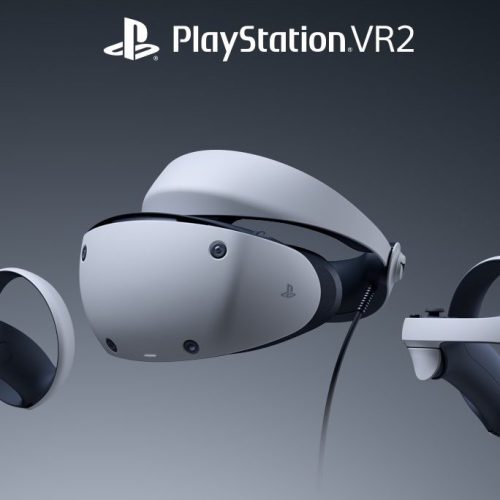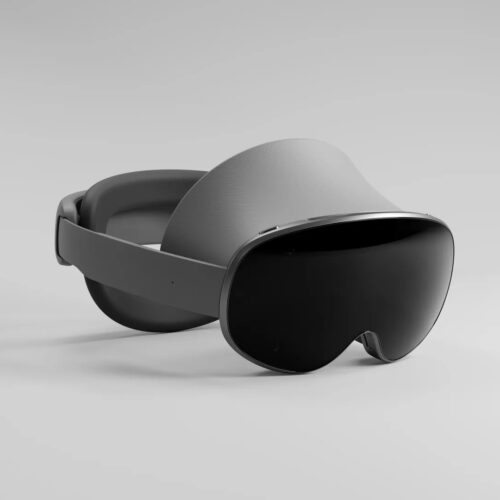Meta wants your smile, squats, and small talk — and it's paying $50 an hour to scan them

Meta
- Meta is recruiting people to record facial expressions and small talk to help build virtual avatars.
- It's for "Project Warhol," which is run by the data firm Appen, and pays $50 an hour.
- Meta's Reality Labs has lost $60 billion since 2020, and it sees 2025 as a make-or-break year.
What's in a smile? If you're training Meta's virtual reality avatars, it could be $50 an hour.
The tech giant is recruiting adults through the data-collection and -labeling company Appen to spend hours in front of cameras and sensors to help "enhance the virtual reality of the future."
Meta's avatars have come a long way since they were widely mocked on the internet nearly three years ago.
Now, with 2025 internally described as Meta's "most critical year" for its metaverse ambitions, the company is betting that hyperrealistic digital avatars can drive its next wave of virtual and augmented technologies, from Quest headsets to Ray-Ban smart glasses.
But to get there, Meta needs more data.
Inside Project Warhol
The company is paying freelancers to record their smiles, movements, and small talk as part of a data collection effort called "Project Warhol," run by Appen, which lists Meta as the client in its consent forms.
Meta confirmed to Business Insider that Project Warhol is part of its effort to train Codec Avatars — a research initiative announced publicly in 2019 that aims to build photorealistic, real-time digital replicas of people for use in virtual and augmented reality.
Codec Avatars are a key technology for Meta's vision of "metric telepresence," which the company says enables social presence that is "indistinguishable from reality" during virtual interactions.
A Meta spokesperson told BI the company has been running similar avatar data collection studies for several years. Project Warhol appears to be the latest round of that effort.
Recruitment materials invite anyone over 18 to take part in paid sessions to "assist in the bettering of avatars." The project is split into two studies — "Human Motion" and "Group Conversations" — both set to begin in September at Meta's Pittsburgh research facility.
In the Human Motion study, participants would be recorded "mimicking facial expressions, reading sentences, making hand gestures," while cameras, headsets, and sensors capture their movements from every angle.
The Group Conversations study would bring together two or three participants to "engage in conversations and light improv activities." Researchers are aiming to capture natural speech, gestures, and microexpressions to build avatars that are more "lifelike and immersive" in social settings.
A high-stakes year for Meta
The project comes in a crunch year for Meta Reality Labs, the division that oversees avatars, headsets, and smart glasses. It has accumulated more than $60 billion in losses since 2020, including a record $4.97 billion operating loss in the fourth quarter of 2024.
In an internal memo from November, first reported by BI, Meta's chief technology officer, Andrew Bosworth, said 2025 would be crucial for the metaverse's success or failure. He told staff that the company's ambitious metaverse bets could be remembered as a "legendary misadventure" if they failed.
In his memo, Bosworth stressed the need to boost sales and engagement, especially in mixed reality and "Horizon Worlds." He added that Reality Labs planned to launch half a dozen more AI-powered wearable devices, though he didn't give details.

Mark Zuckerberg
In April, Meta laid off an undisclosed number of employees from Reality Labs, including teams working on VR gaming and the Supernatural fitness app. Dan Reed, the chief operating officer of Reality Labs, announced his departure weeks later after nearly 11 years with the company.
The Appen project's name appears to be a nod to Andy Warhol, the Pittsburgh-born artist who famously said everyone would have "15 minutes of fame."
Appen declined to comment on the project.
The humans behind the scenes
Project Warhol isn't the only example of Meta turning to human labor to train its technology.
BI previously reported that the company enlisted contractors through the data-labeling startup Scale AI to test how its chatbot responds to emotional tones, sensitive topics, and fictional personas.
And it's not just Meta. Last year, Tesla paid up to $48 an hour for "data collection operators" to wear motion-capture suits and VR headsets while performing repetitive physical tasks to help train its humanoid robot, Optimus.







